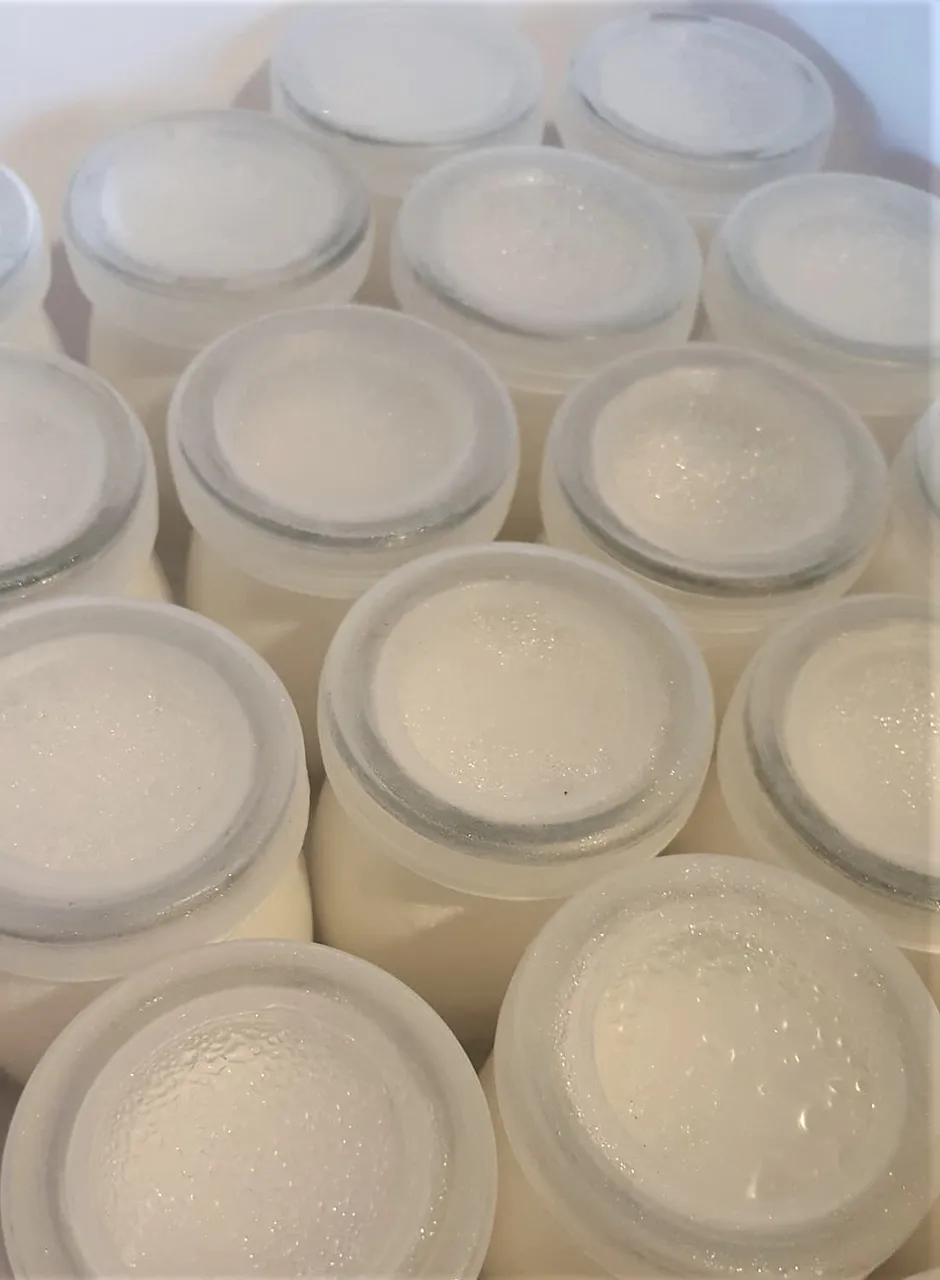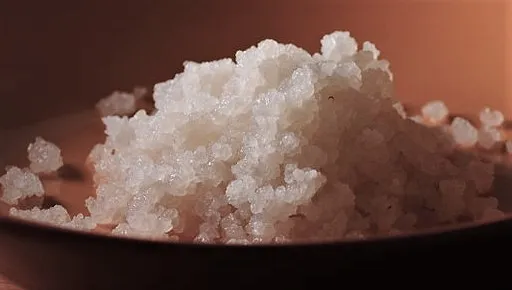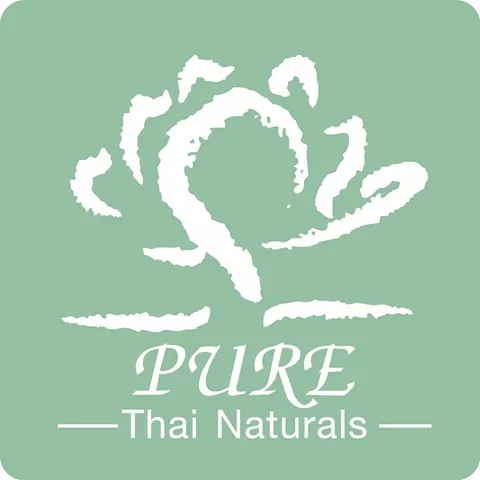Legend has it the Prophet Mohammed gave to first kefir grains to the people of the Caucasus Mountains, the mountain range which divides Europe and Asia and stretches from the Black Sea to the Caspian Sea. Legend also has it that this elixir of life and secret to vitality was kept hidden by the ancient Caucasian people for over 1,400 years. Until now.
There I was today in Chiang Mai, Northern Thailand, merrily delivering our 100% natural Insect Repellent to Amrita Garden, one of our favourite vegan-Japanese-macrobiotic cafes, when I saw a big tray of freshly cultured coconut kefir being plonked on the table, ready to go in the fridge.

I am asked soooo often by friends and customers about kefir: what is it, what the heck is it good for, and where can they get it?
So, first things first.
The simplest way to explain kefir is to say that it is a microscopic community. Each kefir grain is a tiny, complex ecosystem of its own comprising yeasts, lactic acid bacteria, various proteins, fats and sugars. Kefir grains look like coarse grains of sugar:

When they're fresh and active, they feel gelatinous; when they're dry they feel like coarse sand.
How do you use them? You add grains to either a watery substance or a milky one. Water kefir grains for watery things, and obviously milk grains for milk based liquids. And simply ferment at room temperature.
What is kefir good for? It's a natural, readily-bio-available probiotic, so it has a plethora of uses:
- Repopulating the microbiome after illness or antibiotics
- Boost immune system
- Mood imbalances
- Allergies, eczema & psoriasis
- Sleeplessness
- Inflammatory bowel disease
- Assist hormonal balancing
Some progressive allopathic orthopedic specialists recognize high-potassium kefir as an important bone-building food. Given that over 90% of the feel-good hormone, seratonin, is produced in the gut in the presence of 'good' bacteria, kefir is especially helpful to manage low level depression.
There is a superb article from the Brazilian Journal of Microbiology which explores, and cites a myriad of clinical studies, the microbiological, technical and therapeutic properties of kefir. It's well worth a look if you'd like to learn more, and you can find it here. To quote this academic review:
Historically, kefir has been recommended for the treatment of several clinical conditions such as gastrointestinal problems, hypertension, allergies, and ischemic heart disease. However, the variability inherent in kefir production conditions in different assays makes it difficult to conduct comparisons between reported scientific results.
So FINDING freshly cultured coconut kefir in Chiang Mai, Thailand, is pretty wonderful!! Amrita Garden (Sarmlarn Soi 5) has it regularly, as do our friends as Blue Diamond The Breakfast Club in Moon Muang Soi 9.
Next time you enjoy a meal at either place, slurp down some kefir before your meal and prepare yourself to level up to better natural health. Not in Thailand or anywhere near? Get yourself some kefir grains (I think @homesteaderscoop have) and GET ON IT.

BlissednBlessed in my Thai natural world.
This article was originally published on my own blog, My Natural Thai Life. Check it out if you're interested in all things natural and Thai, or planning to visit this way (for #SF4 ??!!)




